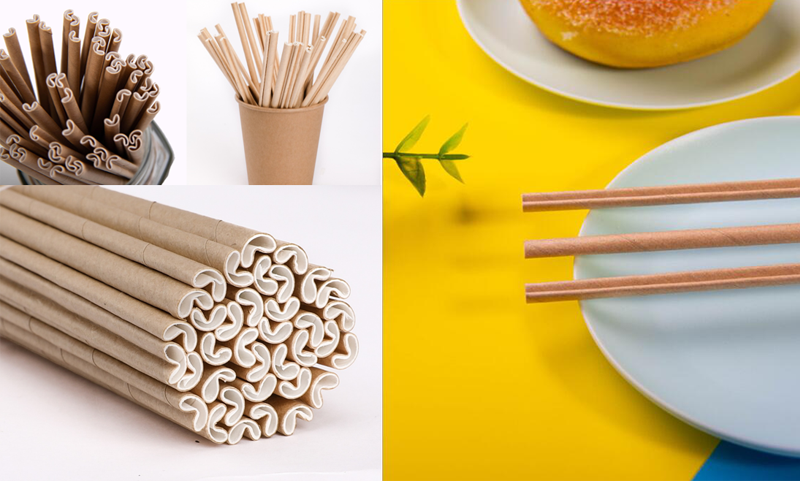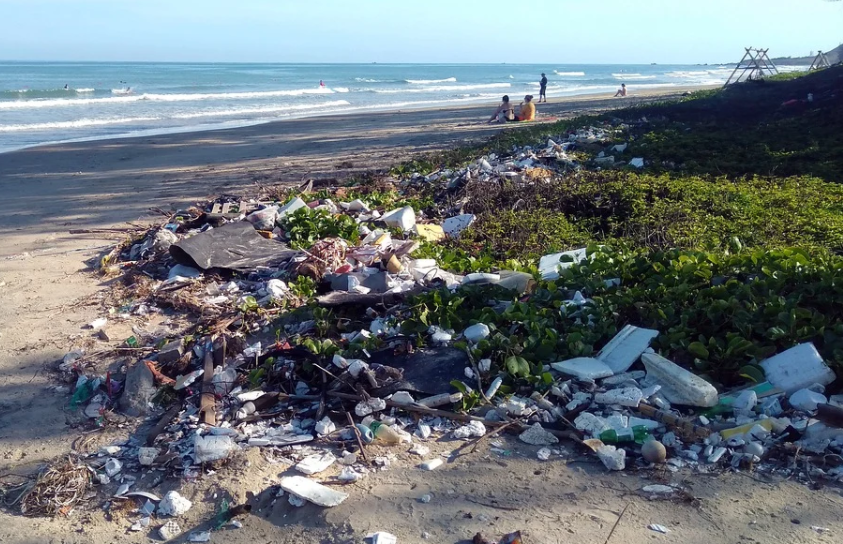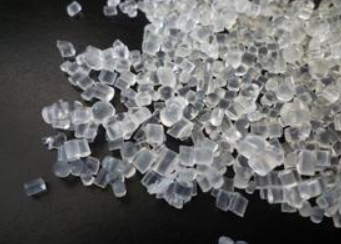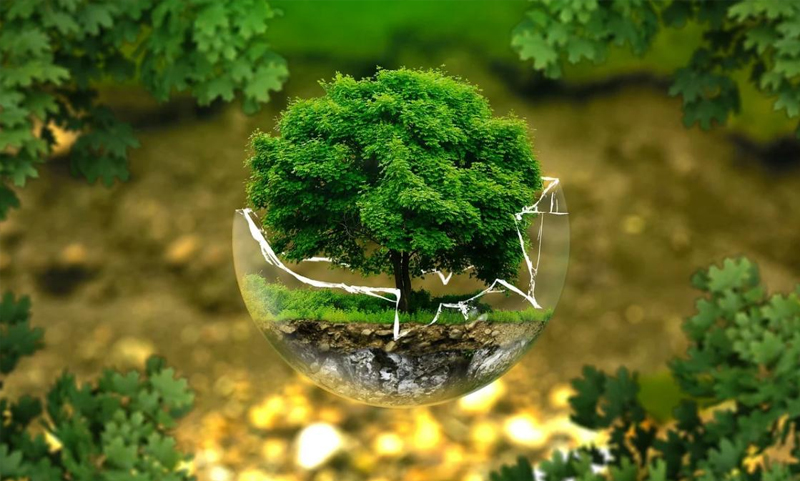
When the national environmental protection began to evolve into a trend with the ban on plastics, paper plates and bowls became mainstream gradually, becoming a product that can be seen everywhere in the city. Health, green, and nature have begun to compete as new directions for the development of major enterprises.

Say “no” to Non-degradable Plate and Bowl
To a certain extent, plastics have actually brought great convenience to people and reduced the consumption of other resources, even many technological products cannot be manufactured without plastics. But at the same time, it must be noted that plastics are also a mixed blessing.
"Visual pollution" is the most direct result that we can see in public areas, such as the seaside and roads. This kind of "visual pollution" is not only polluting our eyeballs, in fact, but plastics also have a stable structure and is not easily degraded by natural microorganisms, even it cannot be separated in the natural environment for a long time. Meanwhile, if it is not recycled, it will become a permanent pollutant in the environment and continue to accumulate, causing great harm to the environment.

There’s a Variety of "Environmentally Friendly" Plate and Bowl
Consequently, the voice of environmental protection has responded in the market. Some generalized degradable plastics have appeared. Biodegradable plastics, starch filling, and photodegradable plastics have become the new favorites of environmental protection in the market.
However, in the actual application process, the emergence of multiple standards in various places makes it a big question mark whether it can really achieve the effect of degradation. The ideal biodegradable plastic is a kind of polymer material with excellent performance, which can be completely decomposed by environmental microorganisms after being discarded, and finally, become an integral part of the carbon cycle in nature.

According to reports, 83% of biodegradable plastics are actually "compostable plastics", which require a temperature of up to 50°C and a humidity of 55% to degrade efficiently, but it is difficult for the general environment to achieve this condition. Therefore, its environmental protection function has been heavily questioned.
In this condition, where do we find environmentally-friendly plates and bowls after all?
HarboraPaper, Put Environmental Protection into Practice
Real degradation - starting from raw materials. Paperforfuture adopts high-quality traceable raw pulp paper certified by FSC, which not only saves resources but also protects the environment and restores the environmental protection nature of the product so that it can return the material to nature finally.

Real hygiene - the most stringent manufacturing process. With long-term cooperation with the Developed country market, the implementation standards of the Paperforfuture factory have been directly recognized by Developed country customers. Carrying on strict supervision in each link, health safety is no longer worried.

Real Environmental Protection - be loyal to environmental protection and never forget the original intention. Paperforfuture hopes to help the world stay beautiful and reduce pollution as much as we can. Our mission is "Make environmental protection with quality becomes people's attitude to life".














